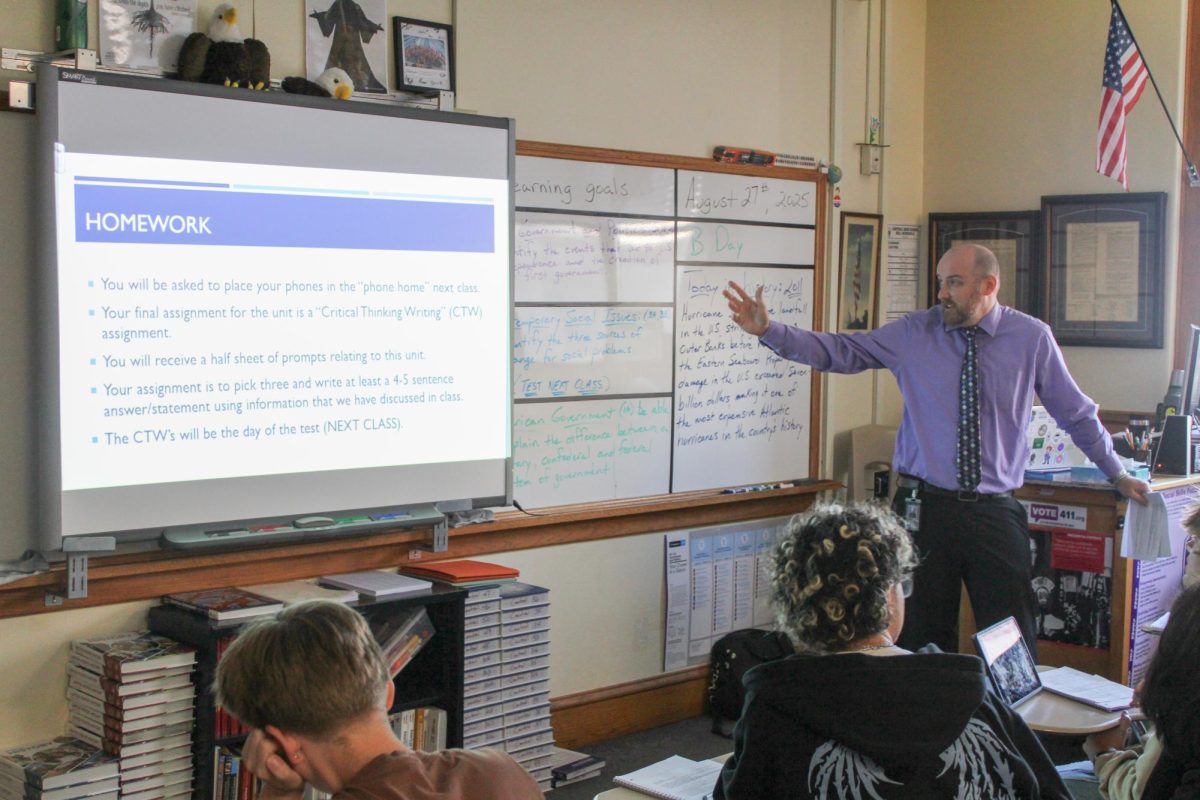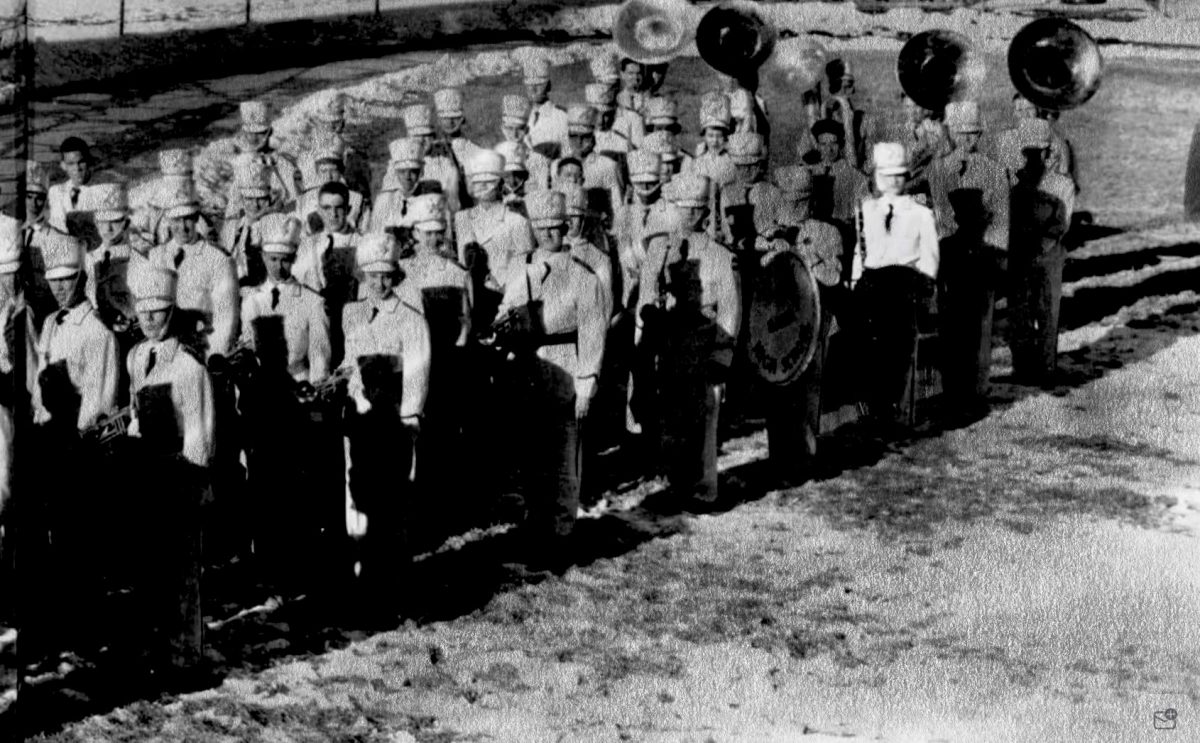Athletic eligibility, academic coaching guidelines undergo major revision
August 26, 2014
The athletic eligibility and academic coaching guidelines have undergone a major revision within the past few months, and the 2014-2015 school year will begin the four-year process of implementing the new system.
Jodi Nielson, the Assistant Athletic Director, says, “We don’t want this to be a punishment, necessarily, but students have to understand that grades do come first.”
In past years, student-athletes in grades nine through twelve were required to pass four classes each semester. For this year and beyond, requirements will be stricter.
A “no pass, no play” rule will be in effect, meaning that a student must have passing status in every class they are enrolled in during the eligibility period- the quarter prior to the season in which the student is participating.
If the student has a course in failing status at the end of a quarter, they are ineligible until the next grading period. This means nine weeks with no play, and there are no exceptions.
Nielson said, “It doesn’t matter if you make up the test the next week and your grades are fine. You’re out for nine weeks– a whole quarter.”
Eligibility is not only concerned with grades for single courses, it also deals with GPA. If a student does not earn a term or cumulative GPA of 2.0 or higher, they are again ineligible to play. Nine weeks later, when new quarter or semester grades have been calculated, the student’s eligibility will be questioned again. If they have succeeded in raising their GPA to the minimum requirement, they may continue to play.
This also applies to fourth quarter grades; if a student does not meet requirements, they will be ineligible to play during the first quarter of the next school. This is preventable if a student decides to take summer school.
To prevent surprises at the end of each quarter, all Athletic Directors or their assistants will perform grade checks every two to three weeks. This way, students have ample notice if their grades are in danger of failing status, and plenty of time to raise their grades.
Another system changed by the new policies is the academic coaching system. The policies will make the system easier for consistently high-achieving students, but make it more difficult for students who struggle to get good grades. Last year, athletes were required to go to academic coaching each week for one hour, no matter their grades.
Nielson said, “There were a lot of athletes who were 4.0 and doing well with their grades, so they didn’t want to have to do that hour a week.”
Starting this year, only students who have a “D” an “F” or a term GPA below a 2.0 will be required to go to Academic Coaching. However, it has been extended to two hours. Student-athletes may stop attending these sessions once they meet these requirements.
Bob Danenhauer, the Supervisor for Athletics in OPS, played a pivotal role in manufacturing the new standards, which were passed in OPS last December. In regards to why the changes are occurring, he said, “The Board of Education wanted to raise the academic achievement with our student athletes.”
But raising achievement by students is more than ensuring they pass all of their classes and earn an acceptable GPA. Achievement is also marked by test scores and preparedness for secondary education, which is raised through participation in extracurricular activities and effectiveness in study, organizational and time-management skills. The Board of Education has stressed the importance of these skills by providing a mandate within the new Academic Coaching program. Besides tutoring for school classes each week, academic coaches are expected to aid students in other ways. They are to offer better methods for test-taking and studying, and to assist student’s knowledge of college requirements and the application process. The presence of an academic coach also is expected to help student-athletes transition from middle to high school. Another fringe benefit of the new system is the increased communication between counselors, athletic directors, coaches, teachers and students that is ultimately necessary for the eligibility and academic coaching programs to occur. Increased communication between all these parties means more awareness of a student’s wellbeing and any concerns they may have, which again will help students to succeed more in school.
















Smithg223 • Jul 1, 2016 at 2:12 pm
I conceive you have remarked some very interesting points , regards for the post. ageabdkdgkkcedce